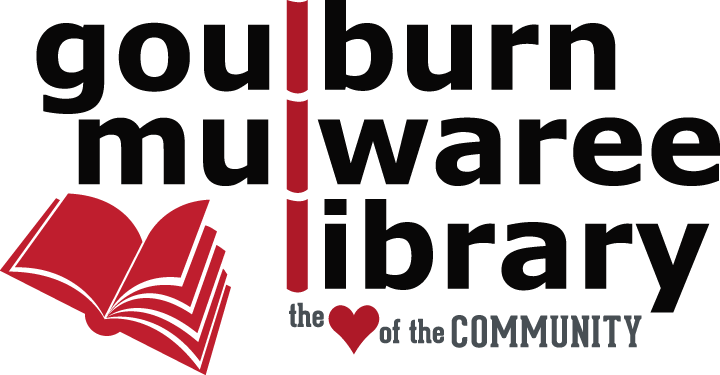Dame Alice Isabel Chisholm (1856-1954)
Mother Chisholm: The Lady of Kantara

Photo courtesy of the Goulburn Soldiers Club.
Unlike many of the women of her day, there is a considerable amount of information available on the life and work of Dame Alice Isabel Chisholm, nee Morphy. However not many would currently know of her – except perhaps to ask: “was she related to Caroline?”. (No, she wasn’t!). But by all accounts, Dame Alice was also a strong, determined woman, who left many lasting legacies.
It seems appropriate then, to remember and re-examine her dedicated life of service to her family, their community, to our country and to the world, particularly when her gender would otherwise have relegated her to the role of ‘just the wife of a local landowner’.
Alice's Early Life
According to her grand-daughter, Janet Maxwell Champion, Alice Isabel Morphy was born at ‘Reevesdale’, near Bungonia, on 3 July 1856. She was the second daughter of Major Richard John Morphy of the Indian Army and his wife, Mary Emma Styles. As a very young child, Alice lived at ‘Jembucumbene’, near Braidwood with her two sisters, Jean and Dorothy, and their baby brother Harry. Their mother died young, nursing her family through a measles outbreak that took her own life. This left the four children reliant on their grandparents, the Styles of ‘Reevesdale’, as their father had to return to India for long periods of time. Alice and the family were educated at ‘Reevesdale’, alongside their cousins who had also been left motherless. Her sister Dorothy died young.
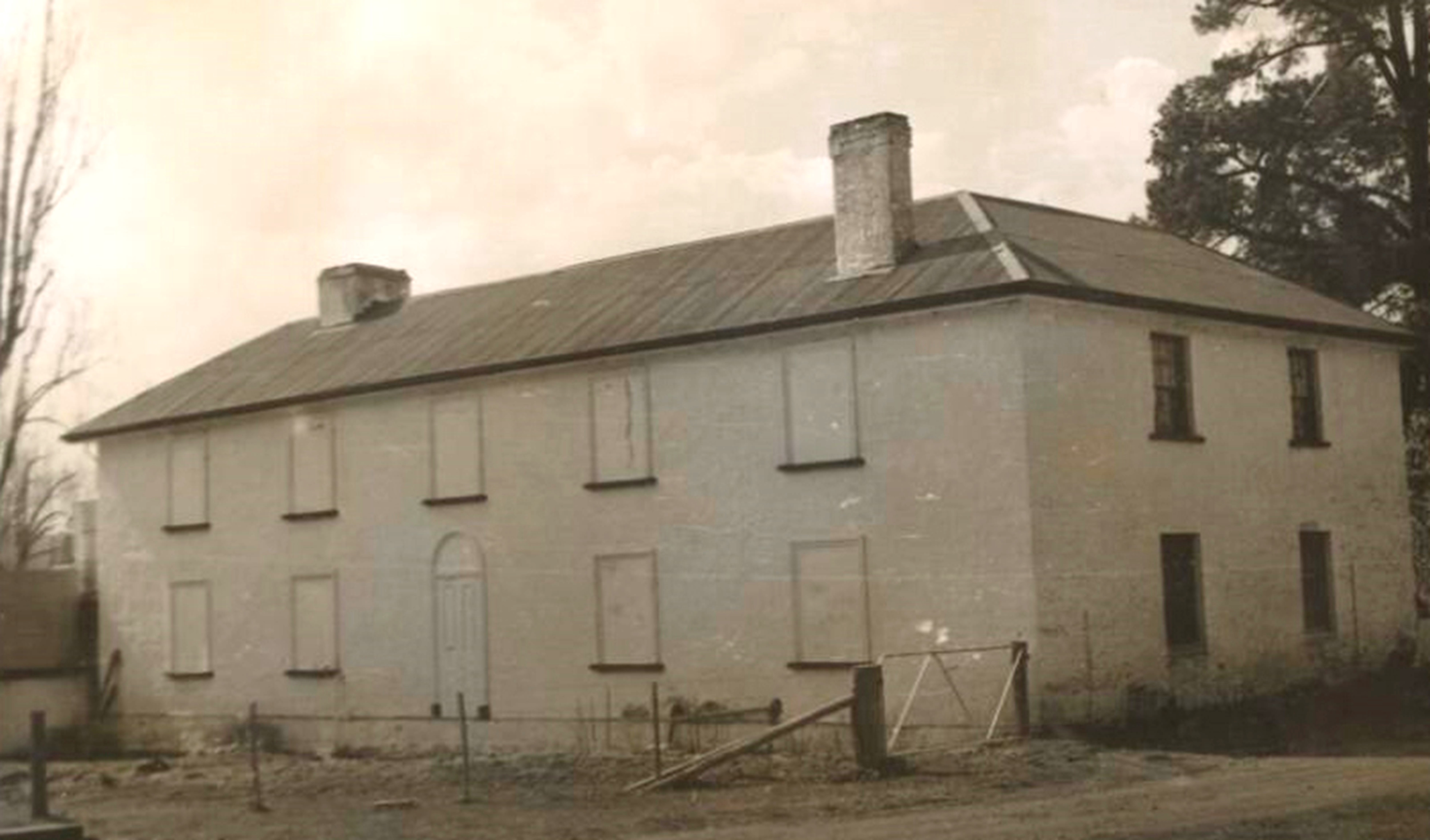
Reevesdale, photo courtesy of Donald Coleman, Architectural Survey of Goulburn.
Before retiring from the Army, Major Morphy purchased land and on his return built the family a home on ‘Grena’. It was there, at age 12, that Alice met William and Jane Chisholm of nearby ‘Merrilla’ (or Merrila) and their two young daughters. The four girls, Alice, Jean, Edie and Ali, became firm friends, happily sharing each other’s company and picnics.
In 1875 Jane Chisholm passed away, leaving William with Edie age 15 and Ali age 14. A gentle-hearted father, William was devastated, and eventually found solace with a sympathetic and supportive Alice Morphy. On 18 July 1877 at the age of 21 Alice married the 45-year old William. Alice was already considered by Edie and Ali to be part of the family, so the age gap was perfectly acceptable to them, and it seems that the marriage was happy and successful.
Life at ‘Merrilla’ revolved around family and social activities such as tennis and entertaining. There was social, church, and charity events to organise, including balls. The family regularly attended services at the nearby church which had been built on William’s brother’s property, ‘Kippilaw’. Another four children were added to the Chisholm household at ‘Merrilla’ between 1879 and 1886, including Kenneth, Maxwell, Marjorie, and Dorothy. Edie married in 1880, and Ali in 1883.
By the late 1880s, William’s health had begun to fail, and the family moved to Baulkham Hills in Sydney. Their youngest son, Bertram, was born there in 1889. William’s heart remained in the Goulburn district however, and they returned, living at ‘South Hill’ until he passed away in 1902.
Alice and World War One: A New Purpose
Following her much-loved husband’s death, Alice found new avenues to occupy her adventurous and generous spirit. For a time, she “filled the house with boarders, many of whom were related, all were children”.
With the start of World War One, Alice’s son Bertram joined the 6th Light Horse Regiment, and departed Australia on 21 December 1914. In mid-1915, at age 59, Alice followed, along with her daughter Dorothy. Alice’s upbringing and life of caring for others had shown her a new purpose, directing her path to Egypt.
It was about this same time that Bertram was injured in Gallipoli and though he returned to his regiment, his experience highlighted a gross lack of basic facilities for recovering and resting Australian troops in the Middle East. With characteristic determination and enthusiasm Alice quickly set about establishing a canteen at Heliopolis to help alleviate these problems, using much of her own money to build dormitories and provide food. The canteen became so popular that she set up another at Port Said. Against the odds, constantly battling poor conditions, bureaucracy, and supply issues, she relentlessly pursued her purpose. With the assistance of relatives, friends and other concerned women who were there, helping to support their men at the front, they were able to open a third canteen with friend Rania MacPhillamy at the busy Suez Canal crossing at Kantara.
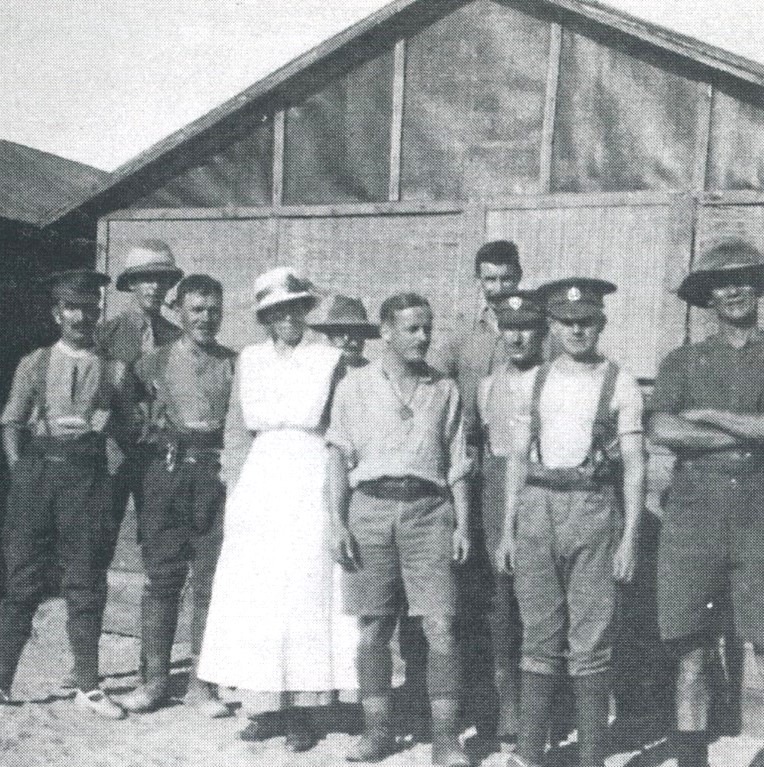
Outside the canteen at Kantara, photo courtesy of ‘Lady of Kantara’ by Janet Champion.
For a small charge, these soldiers’ clubs provided sleeping quarters and dining rooms, ultimately catering for up to 4000 men, and cooking up to 60,000 eggs per day. They provided small luxuries such as flowers, fresh fruit, and butter on freshly baked bread. But the most appreciated service of all was the showers! ‘Mother Chisholm’ was renowned for providing service that was personal, and for greeting soldiers without distinction of rank or army.
As the canteens were wound up at the end of the war, the profits from these operations were used to provide amenities and ‘comforts’ on troopships returning to Australia from the front. Donations were also given to the British and New Zealand troops and military charities.
Alice's Efforts Recognised
For her undaunted efforts in establishing the canteens in the Middle East and providing for the comfort of Australian forces in Egypt, Alice was recognised with the award of the Order of the British Empire (O.B.E) in 1918. In 1920 she was appointed a Dame of the British Empire (D.B.E).
A Country Woman in the City
Whilst the First World War had provided new direction and purpose, Alice’s life of service was far from complete. Returning to Woollahra in Sydney, Alice settled in a house that she named ‘Kantara’. She then proposed and became a major benefactor of the Goulburn and District Soldiers’ Club, also devoting much time and funds to founding other RSL clubs, war memorials, and ‘Furlough House’, a rest and holiday home for families of returned soldiers.
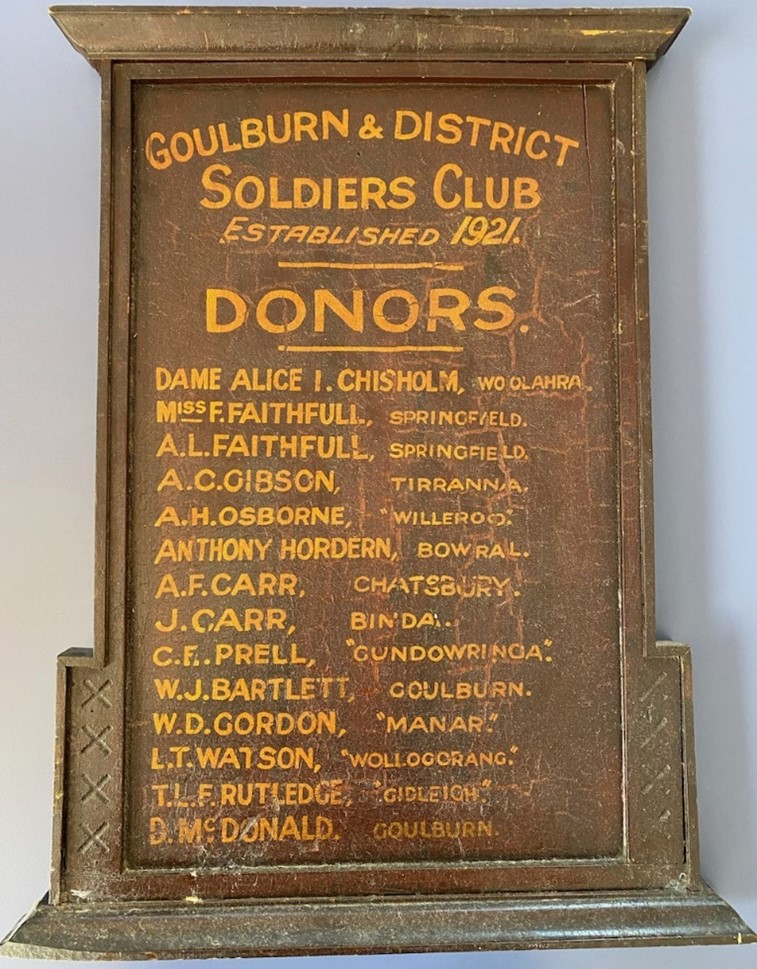
Photo of Donor Board courtesy of the Goulburn Soldiers’ Club.
Dame Alice began a ‘Back to the Land’ movement to assist women and children on the land. Together with her older sister Jean Rutledge, they helped raise funds for country women by providing first aid training, home nursing lectures, and equipment. Jean was to become a household name herself with the compilation of The Goulburn Cookery Book – a charity fundraiser providing regular income for the Goulburn Diocese in support of the Anglican Home Mission.
From 1923-27, Dame Alice was President of the first metropolitan branch of the Country Women’s Association, the Cumberland Branch, which supported bush nursing stations, rest rooms, and ambulances, also purchasing the Country Women’s seaside home ‘Keera House’ at Dee Why as a holiday house for country families. Aside from her tireless activity with the CWA, Alice was also a keen supporter of the RSPCA.
Throughout her life she continued to provide a welcoming, adventurous, and educational home for her various children, grandchildren, relatives, and others. In 1929, Alice travelled once again to England to help care for her terminally ill daughter, Dorothy, who sadly passed away a year later.
Returning to Australia, Dame Alice, while still active and enthusiastic into her seventies, retired from public life to a few acres of virgin bushland in Pennant Hills. Here, her architect son Bertram built them a home which she named ‘Bolderwood’, claiming that “the land consists of boulders and wood, nothing else”. She soon took up the challenge of reforming this landscape into an enchanting country garden complete with stone walls and terraces, a fishpond, paved walks, and pergolas.
Dame Alice died peacefully at home, age 97, on 31 May 1954, leaving her remaining sons, Max and Bertram, and daughter Marjorie. Her funeral was held in St Saviour’s Cathedral, with her pallbearers being six old Anzacs who had known her as ‘Mother Chisholm’ at Kantara on the Suez Canal. She was buried in the Church of England cemetery on the Chisholm property of Kippilaw beside her husband William and son Kenneth.
“In 1962, a small group of Light Horse veterans placed a wreath on Dame Alice Chisholm’s grave – not only on behalf of themselves, but also on behalf of that great legion of Australian fighting men who knew and loved the ‘Lady of Kantara’.”
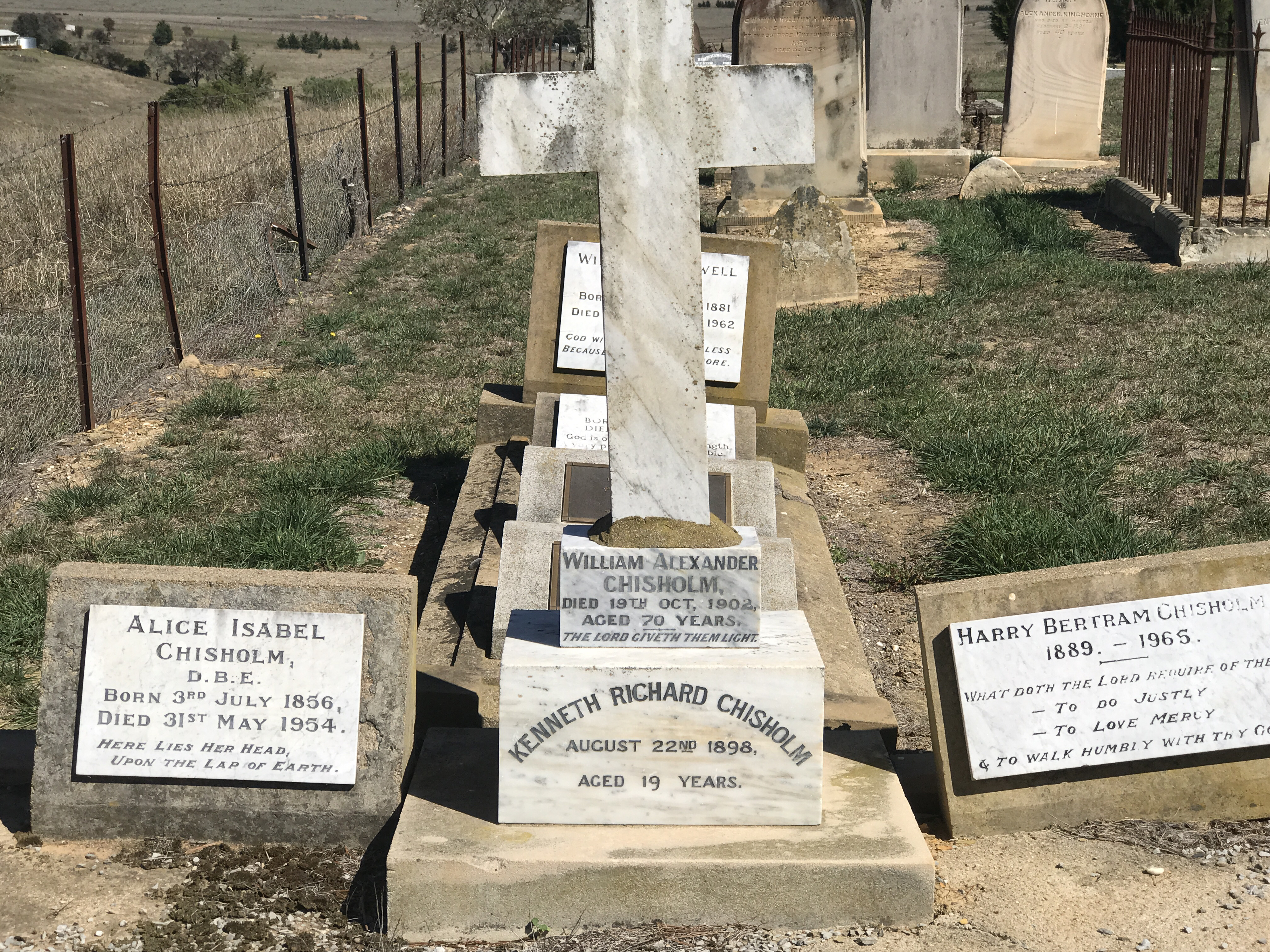
Photo courtesy of findagrave.com.
Sources:
